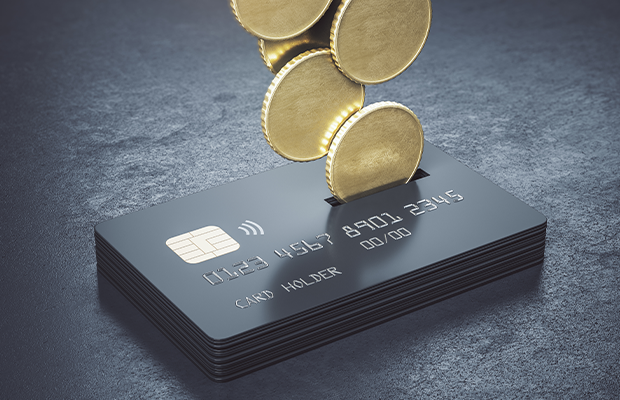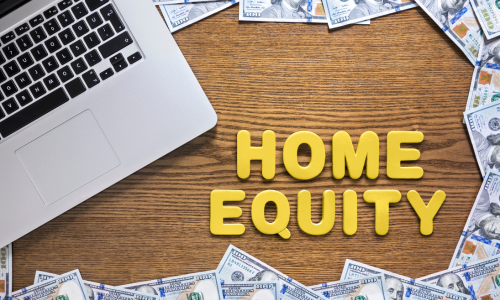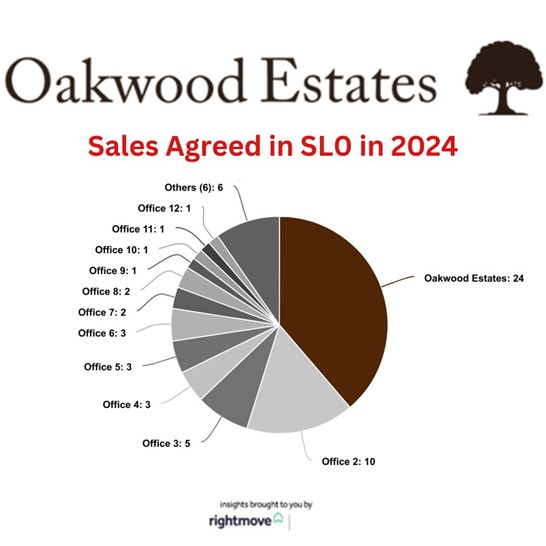Whether you are thinking about saving for your first house or you have been saving for a while now, the deposit will most likely be the first hurdle on your journey. Here are some of the basics you’ll need to know to help you get a leg up
What is a mortgage?
A mortgage is a loan taken out to buy a property or land. Most will run for 25 years, but the term can be shorter or longer depending on the property.
The loan is ‘secured’ against the value of your home until it is fully paid off. If you fail to keep up with your repayments, the lender can repossess the home and sell it to get the money back.
How much of a deposit do I need to buy a home?
Before you start looking at properties, it’s best to get your deposit saved first and foremost.
Generally, you will need to save at least 10% of the cost of the home you would like to buy. This figure depends on whether you’re buying alone, in which case you can split the deposit in half. It also depends on current market activity at the time of the purchase. For example, most sellers will ask for a higher minimum deposit during economic headwinds or overwhelming demand, as this ensures that they will achieve the right asking price.
Saving above 10% will give you more leverage for the home you want, expand your choices on the market, and secure you a lower monthly interest rate.
Help for first-time buyers
If you are in a situation where you can only save a small deposit, or you do not have the option to split the cost in half with a secondary resident, there are a range of government schemes available to give you a helping hand on the housing ladder. Options include:
- Lifetime Individual Savings Account (LISA) – You can use a LISA to buy your first home or save for later life. You must be aged between 18 and 39 to open a LISA. You can put away up to £4,000 each year and the government will add a 25% bonus to your savings. However, there is a penalty for taking money out of a LISA if you are not putting it towards a deposit, or withdrawing after age 60.
- Equity Loan – This scheme is only available to first-time buyers in England who want to buy a ‘new-build’ house within the relevant regional price cap. You can borrow up to 20% (40% in London) of the purchase as an interest-free equity loan. You do not pay interest on the equity loan for the first five years, but you will start to pay interest in year six. The equity loan payments are interest only, so you do not reduce the amount you owe.
- Shared ownership – Shared ownership offers first-time buyers the option to buy a share of the home from the landlord, who is usually the council or housing association, and pay a reduced rent on the remaining share. Later, you can choose to buy a bigger share in the property, and ‘staircase’ up to 100% of its value.
Some of these schemes are ending or unavailable in certain locations, so it is important to thoroughly research each one, save as much as possible and seek out bespoke advice about your savings options.
Other costs for buying a home
When saving for a deposit, it’s important to remember that there are other fees and costs you will need to save for, before you can take the plunge.
These include:
- Survey costs
- Initial furnishing and decorating costs
- Buildings insurance
- Solicitor or conveyancer fees
- Removal and moving costs
- Stamp Duty
If you are struggling to save for a deposit
If you are struggling to save up a large enough deposit to move out within a certain timeframe, there are options available to help you.
Family assistance mortgages allow whoever is supporting you to put in a percentage of the money you are looking to borrow into a specific savings account, or they can secure the mortgage against a percentage of their own property.
Looking for advice on your property circumstances? Get in touch today.






Share this with
Email
Facebook
Messenger
Twitter
Pinterest
LinkedIn
Copy this link